Spring is on its way and we couldn’t be happier about it! Late winter/early spring is also a great time to start planting new veggies. While its not yet warm enough to plant your summer fruit and veg, there are some edibles that love the temperate conditions and light rainfall that early spring brings.
If you’re looking for some fresh new veggies while the tomatos are still a few months away, here are some great options. Start planting now to harvest by mid summer. Plus, it’s a great time to get your perennials started.
Asparagus
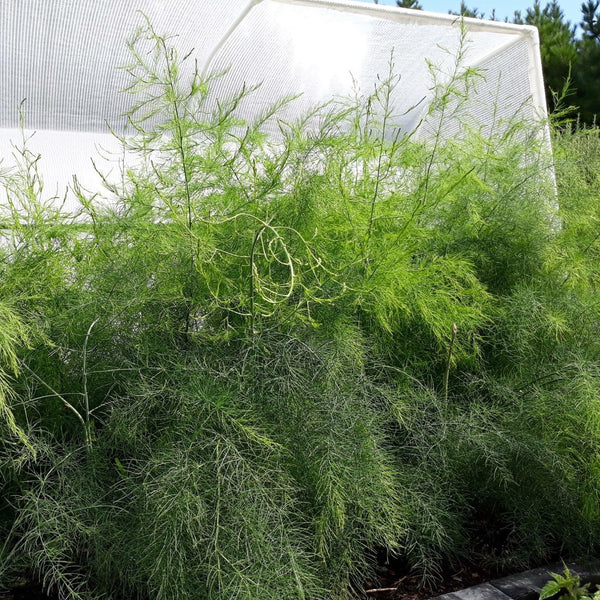
Reposting: Ilka Norrie's asparagus pod
Asparagus plants are one of those perennials that improve year after year. They produce more each year and a mature harvest can last several months. Sounds great doesn’t it? Well, there is a catch. Asparagus takes two to three years to mature and you have to reserve space in the Pod for them. But we promise it’s worth the wait! Fresh asparagus is one of life’s small joys.
How to grow: Plant the asparagus crowns in well drained soil 20 to 40 cm apart. Harvest in two to three years, once the ‘crowns’ have matured. Avoid planting asparagus next to root vegetables (e.g. garlic or onions).
Rhubarb
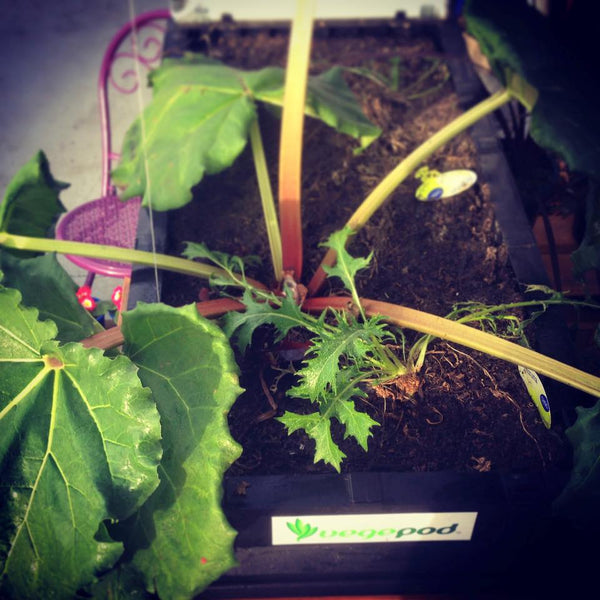
Another perennial, rhubarb takes a year to grow. But again, good things take time! Plant the rhubarb in a large Vegepod (they like to spread out) and make sure when planting you split the rhubarb’s ‘crown’ (the centre where the roots join) early on. This helps control the size of the rhubarb while the roots are still young, later on the crown becomes a dense brick. Rhubarb will go berserk and you will need to release the canopy at some point regardless but this at least helps restrain it somewhat.
How to grow: Plant pieces of roots or ‘rhizome’ 8 to 10cm deep and space them 90cm apart. Plant the rhubarb next to the brassica family. Harvest the rhubarb one year after planting.
Lettuce
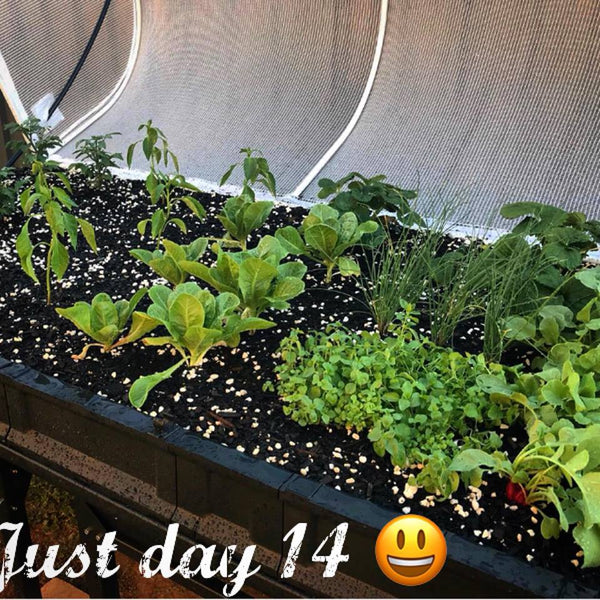
Reposting: @relish
Unlike rhubarb and asparagus, lettuce doesn’t take years to grow. It's a quick pay-of plant. Get earliest and longest harvest from ‘cut-and-come-again’ varieties, such as Oakleaf or French Cos.
How to grow: Plant the seeds 20 to 30 cm apart at a depth or three times the seeds diameter. Harvest the plants in three to four weeks.
Peas
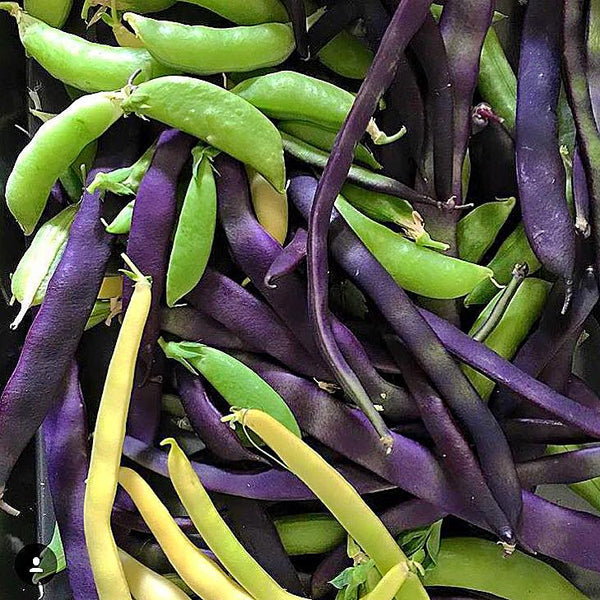
Reposting: @simplybea
Another quintessential spring plant, peas go great with lettuce salads. Choose dwarf varieties for small Vegepods and place them in full sunlight. Snow peas and sugar snap peas are great options.
How to grow: Plant the peas 10 cms apart in well drained soil. If you are growing a vine variety, string it along poles at the back of the Vegepod.
Radishes
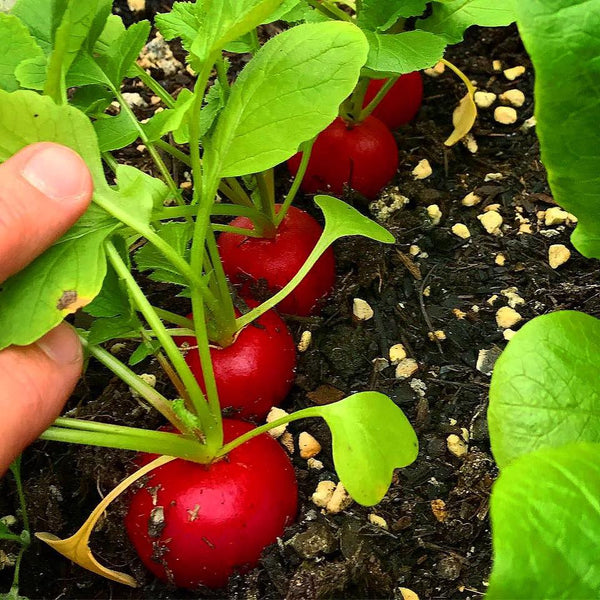
Reposting @sledging78
Fresh and juicy, radishes grow fast - in as little as three weeks. Great for kids and impatient gardeners, you can grow all kinds of radishes from spicy to sweet.
How to grow: Plant radishes next to your lettuce or peas, 10 cm away from each other. Harvest the radish as soon as the roots show an appreciable size.
Herbs

Reposting: @tri_natural
One of the best times to plant herbs is in early spring. Put down the herb seeds such as coriander, dill, basil, parsley, and lemon balm at a depth of three times their diameter. Then use the Vegepod winter cover to keep frost away until the warmer weather comes through. Once the sun is out consistently, these seeds will immediately start to germinate.
How to grow: we prefer the ‘spray and pray’ technique for growing herbs - just lay down a bunch of seeds and pull out the weaker seedlings as they germinate. For lemon balm, unless you want a lot of it - it’s best to place the seeds in a container that you bury into the soil, as lemon balm likes to spread out.
Have you grown any of the above in your Pod? If so please post and tag us so we can inspire all! Otherwise, happy spring gardening!

Be the first to comment